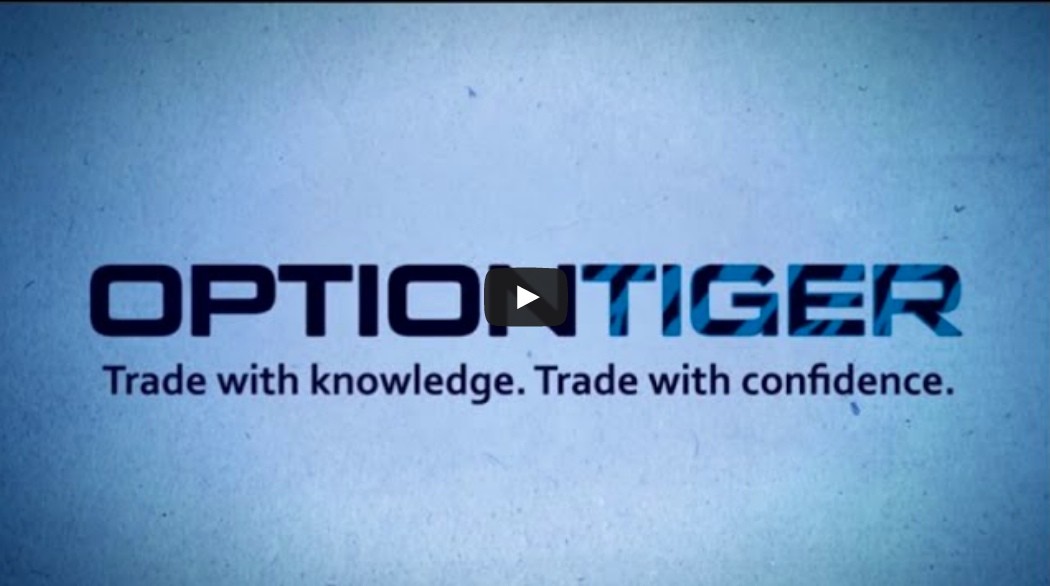ETFs help you spread risk around!
Post on: 30 Июль, 2015 No Comment

Exchange Traded Funds (ETF’s) are investment instruments that trade much like stocks on stock exchanges. An ETF holds assets such as stocks, commodities, bonds & derivatives (please be wary of leveraged ETF’s or ETF’s based on derivatives). We much prefer the ETF’s that track and hold assets rather than derivatives of assets.
The benefits of ETF’s are that they low cost, trade like a stock and offer investors great diversification benefits. We will focus on the diversification benefits.
So what is diversification?
Diversification is when you spread your risk around a number of assets or stocks in your portfolio.
Why Diversify?
Because the risk or probability of all of your assets/stocks losing or going under gets less and less as you put in more assets/stocks into your portfolio.
What is the downside of diversification?
You will not make as much money when asset prices rise. You therefore must weigh up the risk and reward. For example if you only hold 3 stocks in your portfolio, you have a higher probability of losing than somebody who has 10 stocks in their portfolio. But if things go well and you get lucky in the 3 stock portfolio you will most likely make more money as it is less likely in the 10 stock portolio that all ten stocks will perform at the same rate.
Is there an optimum amount of stocks to get diversification benefits?
Yes. Studies have shown that by investing in between 12-15 stocks across different industries gives you similar diversifcation benefits as the stock market index. This helps you to diversify the ‘unique’ risk associated with individual companies to the ‘market’ risk or macro economic risk.

Lets remind ourselves of life before the 2007/2008 crash. Lets look at 2 different investors:
Investor A: Investor A was advised to put her entire nest egg into the shares of banks because she was told that the banks are the best investments, pay dividends and were lower risk. At the time this may have seemed like good advice as there was no evidence to the contrary. But the portfolio still carried high risk because of its exposure to one sector. Investor A was exposed to the unique risks associated within the banking sector. Then the crash happened and 4 years on this investor has lost almost everything because of her exposure to one sector. She had a high risk portfolio without even realising it.
Investor B: Now lets take a look at an investor who simply invested in the S&P 500 index before the crash. This investor was diversfied across 500 stocks and numerous industries which greatly reduced the risk in the portfolio. Initially thisportfolio was down almost 50% but 4 years on the portfolio is only down less than 5%. In fact, when you consider dividend payments the portfolio is profitable. So investor B had reduced the risk by diversifying and is now reaping the benefits.
How do ETF’s help?
By investing in an index ETF ( an ETF that tracks particluar stock market indices) you get diversification benefits. For example, you could invest in the FTSE 100, S&P 500, DAX etc. The ETF is constructed with the elements of the index and tracks their returns. So, if you invested in an ETF that tracks the FTSE 100 you will have ultimate exposure to 100 stocks of the FTSE in one investment instrument. It is also more cost effective for you because it trades like a stock. So rather than having to find excellent companies (which is hard to do) at the right price you can invest in one stock/ETF and track an index. The result:
- Less risk
- Easier tracking of results
- Lower cost (because less trading commissions)
- Less sleepless nights!














